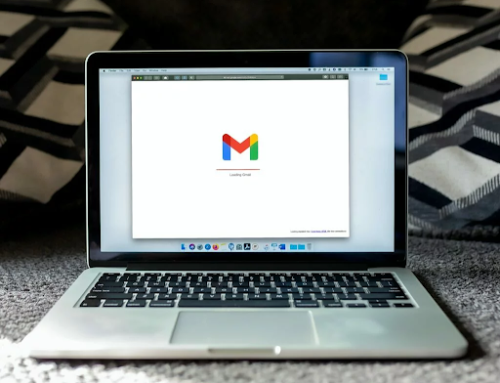For many contact centres, Average Handling Time (AHT) is still an essential Key Performance Indicator (KPI). It affects the number of staff and the system capacity you need.
In the past, it was often thought that a low AHT was what to strive for but, over time, companies have recognised that it was too simplistic an approach to measure efficiency and that they had to take into consideration other factors such as First-Contact Resolution (FCR) rates.
Despite this, it is true that there can indeed be great differences in AHT between agents. We look at reasons behind it.
Rapport building
Skills in building rapport with customers will vary between individuals and it is one of the main causes of discrepancy in AHT, and this is a typical example of why AHT alone shouldn’t be used as a KPI: agents who take the time to build a relationship with customers will have higher FCR and sales rates and impact more on customer satisfaction.
Systems knowledge
Contact centres rely heavily on technology that some agents will be more comfortable with than others.
Newer members of staff will also need to learn the ropes and will probably have to go back to their team leaders with more questions than older hands (hopefully!). It is important that adequate support is given to them as they learn so that their AHT can improve swiftly.
Going the extra mile
Some agents will see their role as answering queries as quickly as possible whereas others will want to provide a positive outcome for customers, taking ownership of the problem and spending more time resolving it.
Poor IT systems
Lack of skills in using systems can be down to an individual but antiquated or inadequate IT software can explain the difference in AHT as they may be tricky to navigate and agents who are already not naturals with IT will find it even more difficult to use.
So, how can you reduce the variation in AHT without compromising quality of service?
- Offer incentives to go the extra mile to resolve customer problems while reinforcing communication skills so that agents’ can be efficient both in time spent and outcome reached.
- Provide video tutorials on your systems so that agents can refer to them at any time.
- Monitor calls and keep coaching your staff on best practices.














